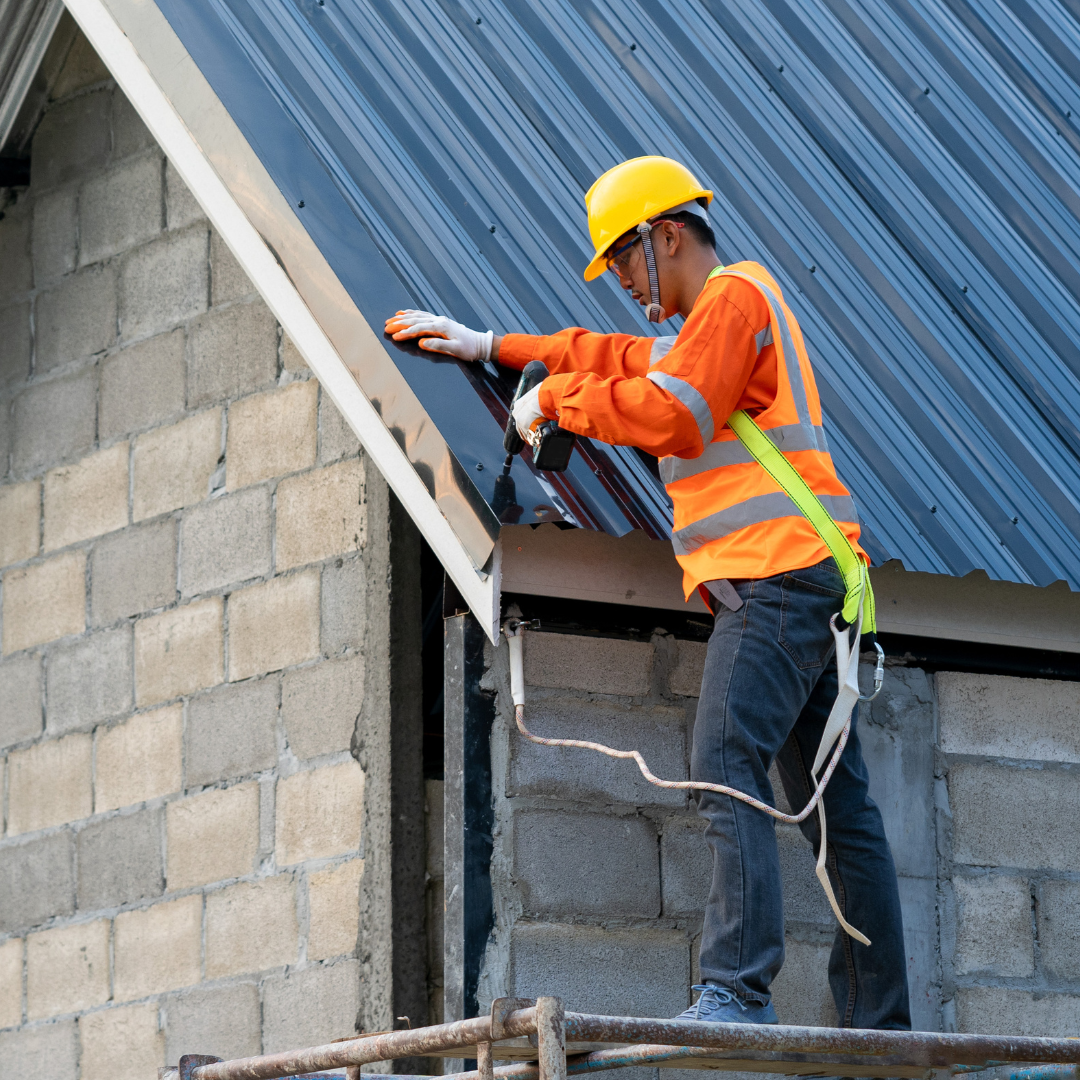How Weatherproofing Protects Your Building and Your Bottom Line
3 benefits of waterproofing your property
As a building owner, you have a lot on your plate. You're responsible for maintaining the integrity and safety of your property while also ensuring that it remains attractive and functional for your tenants. One of the most important steps you can take is to ensure that your property is protected from the elements.
Weatherproofing your property is an essential step in maintaining the integrity of your building and minimizing costly repairs.
Here are three ways weatherproofing protects your building and your bottom line:
Protects From Water Damage:
Water damage can be devastating to a building, both structurally and financially. Even small leaks can lead to mold growth, rotting wood, spalled and cracked masonry, and other issues that can compromise the safety and livability of your property. Weatherproofing your building with a high-quality waterproofing solution can help prevent water infiltration and protect your building's structure from costly water damage.
It’s easy to understand why large storms (like the recent ones that have been hitting Northern California) can cause water damage, but actually, even light, constant precipitation can do more harm than you would guess. Something as simple as constant exposure to irrigation overspray or proximity to a body of water where there might be wind-driven salty moisture on a regular basis is enough to wear down protective coatings and sealants.
Depending on the location, there are a variety of materials that can provide the protection you need. Above-ground surfaces typically need UV-resistant coatings, like acrylic elastomerics or urethane coatings for walking surfaces.
Below grade (below the soil line), where sun exposure is not an issue, other solvent-based coatings are typically used. Each of the materials has its own benefits and limitations. Traffic coatings are used for horizontal surfaces; they are typically thicker than wall coatings but can withstand ponding water better than wall coatings, which are designed for vertical surfaces. Downward-facing surfaces, like soffits, should be coated with thinner, more permeable (breathable) acrylics to allow water to evaporate more easily.
In addition to coatings in the field of the wall, it is vital that the caulking used to join building elements (differing material sections, or modular panels), caulking around fenestrations (windows and doors), and at right-angle transitions (building ledges) is intact and has its elastic properties. Like tires on a car, caulking, with enough UV and moisture exposure and the resultant expansion and shrinkage cycles, will eventually reach the end of its useful life and need replacement.
Ensures Energy Efficiency:
By making sure your building envelope coatings and caulking are intact and performing as designed, you can seal air leaks, prevent drafts, and reduce your heating and cooling costs. This not only saves you money on your energy bills, but it can also make your building more attractive to tenants who are looking for a comfortable and affordable place to live or work. Caulking is often your first line of defense against the elements.
When caulking continually expands and contracts due to the thermal expansion and contraction of the surfaces it is bonding to, the caulking is stressed and eventually fails, either cohesively (it fractures within itself) or adhesively (it loses its bond to the surfaces it is sticking to). Gaps in caulking are one of the leading causes of air entry and escape from the building’s air management and insulation systems.
Extends The Life Of Your Building:
Finally, investing in waterproofing is a proactive step that goes beyond preventing water damage. It's a smart strategy to extend the lifespan of your building and safeguard your valuable investment.
Waterproofing shields the structural elements of your building, such as cladding, framing, studs, and beams, from water damage. This protective barrier prevents issues like dry rot, corrosion, and concrete spalling, ensuring the longevity of these crucial components. By addressing potential water intrusion, you not only reduce the risk of costly repairs but also avoid major safety risks.
Regular maintenance of waterproofing systems is a wise investment that pays off in the long run. By promptly addressing minor issues, you prevent them from escalating into major problems. This proactive approach saves you time and money while extending the lifespan of your building.
THE TAKEAWAY
Investing in professional waterproofing demonstrates your commitment to the long-term well-being of your property. It enhances durability, preserves aesthetic appeal, and increases the overall value of your building in the real estate market. Take action now and invest in proper waterproofing measures to protect your investment, prevent costly repairs, and ensure the longevity of your building.
By choosing waterproofing, you secure peace of mind, knowing that your property is well protected against water-related damage. Safeguard your investment and enjoy the benefits of an extended building life with effective waterproofing strategies.













